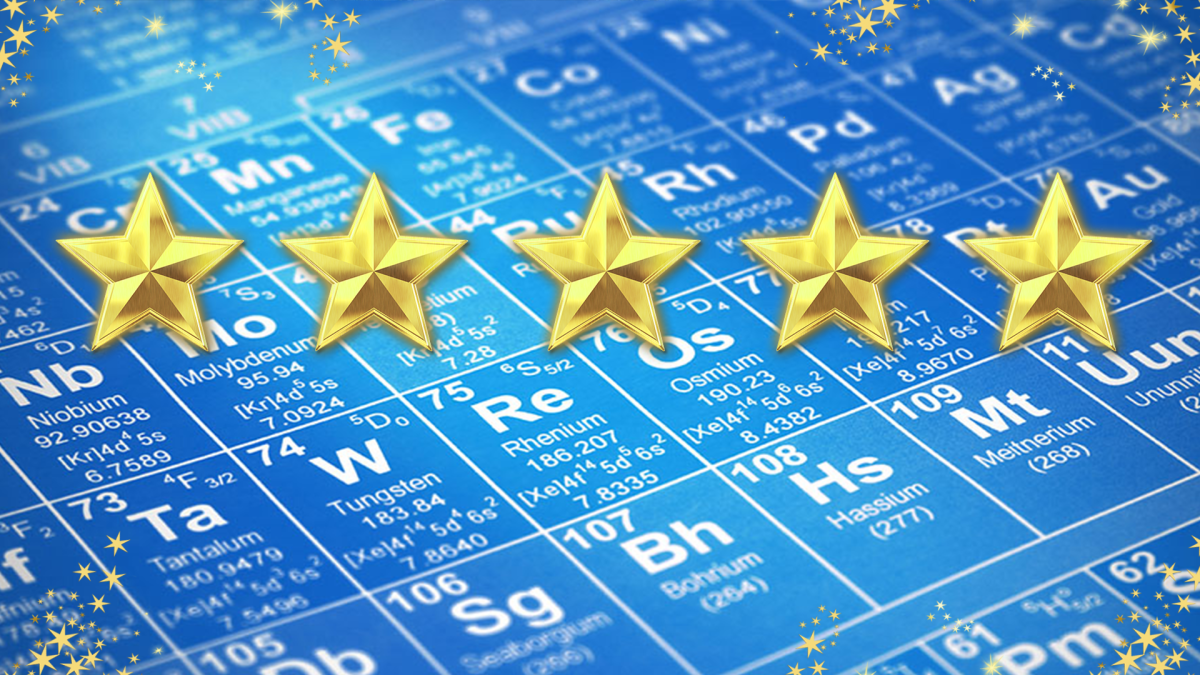
Balancing Act
by Hannah McKolay
This lesson aims to introduce the concept of equilibrium point by creating and revising a model.
This hands-on lesson encourages students to explore the concepts of equilibrium and balance while promoting consensus-building within their small groups. It encourages critical thinking, collaboration, problem-solving, and communication skills, which are essential in the scientific process.
I use this lesson early in the year and refer back to it when creating force diagrams. It is a great introductory lab to start modeling consensus building in the classroom.
Lesson Plan Link/URL
https://docs.google.com/presentation/d/1FehYSjS48Li5IK7ehxeIWiw-K6qZsK80/edit?u…Subject Area
Science Physical Science P3: Net Force Technology 3. Knowledge Constructor 6. Creative Communicator Mathematics Measurement and Data (MD) English Language Arts (ELA) Speaking & Listening
Featured
Off
Related Content

Grades:
8th Grade, 9th Grade, 10th Grade, 11th Grade, 12th Grade
A lesson designed for an engineering course but that can be used in a science course where we investigate the physics of waves and how it can be applied to the world of art. Students will design and

Grades:
9th Grade, 10th Grade, 11th Grade, 12th Grade
The first rule in the chemistry lab is “don’t eat or drink or lick anything in the lab”! This lesson breaks those rules and shows students how culinary is really a practical application of chemistry

Grades:
9th Grade, 10th Grade, 11th Grade, 12th Grade
This lesson is a follow-up to the lesson titled "Creating Sustainable Solutions with Bioplastics Part 1". In this lesson, students evaluate different ingredients for bioplastics and create a minimum